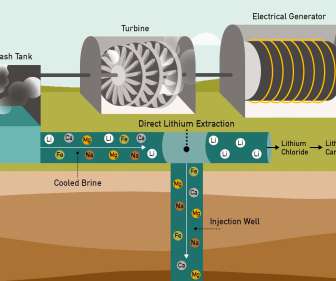Berkeley Lab leading investigation to quantify and characterize Salton Sea’s geothermal lithium resources
Green Car Congress
FEBRUARY 17, 2022
There are currently 11 commercial plants at the Salton Sea field producing geothermal energy, a process in which hot fluids are pumped up from deep underground and the heat is then converted to electricity. We’ll look at how quickly might you expect the resource to be regenerated—is it centuries? Credit: Jenny Nuss/Berkeley Lab).













Let's personalize your content